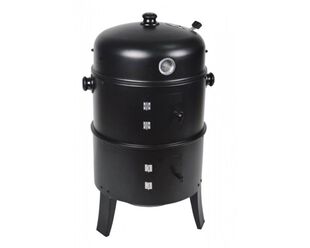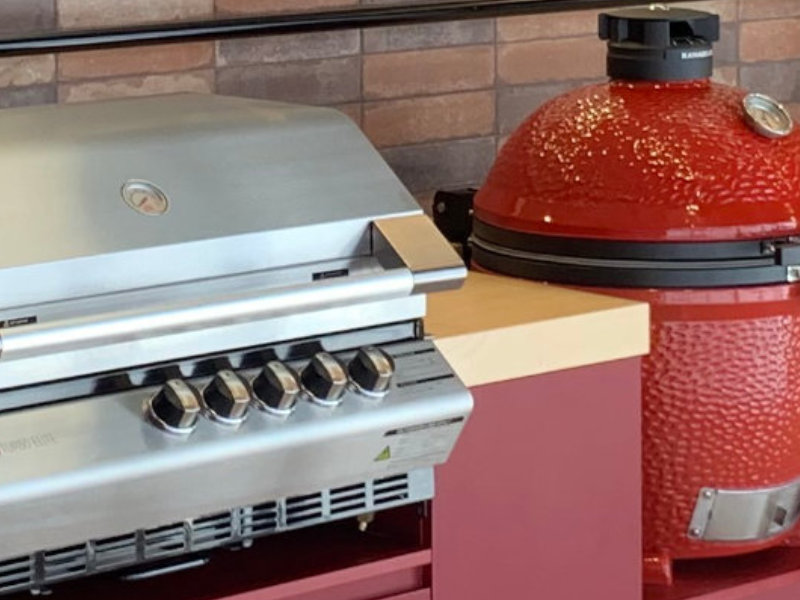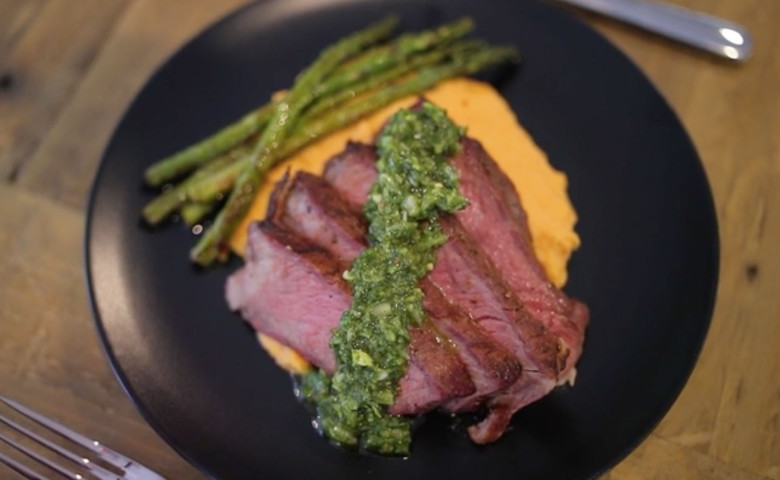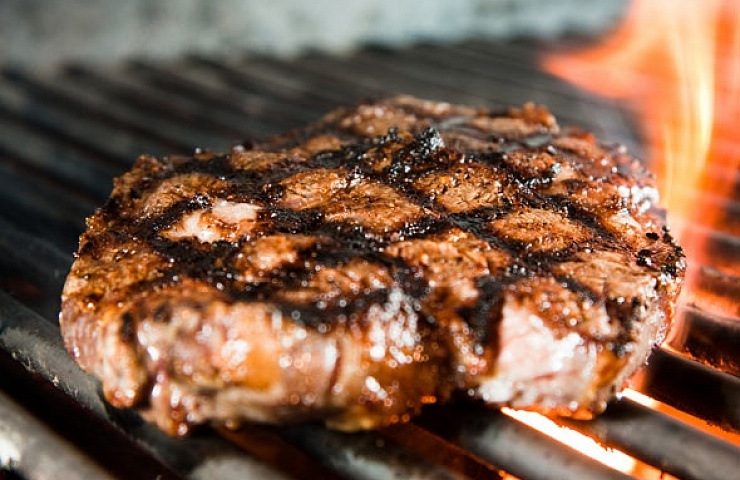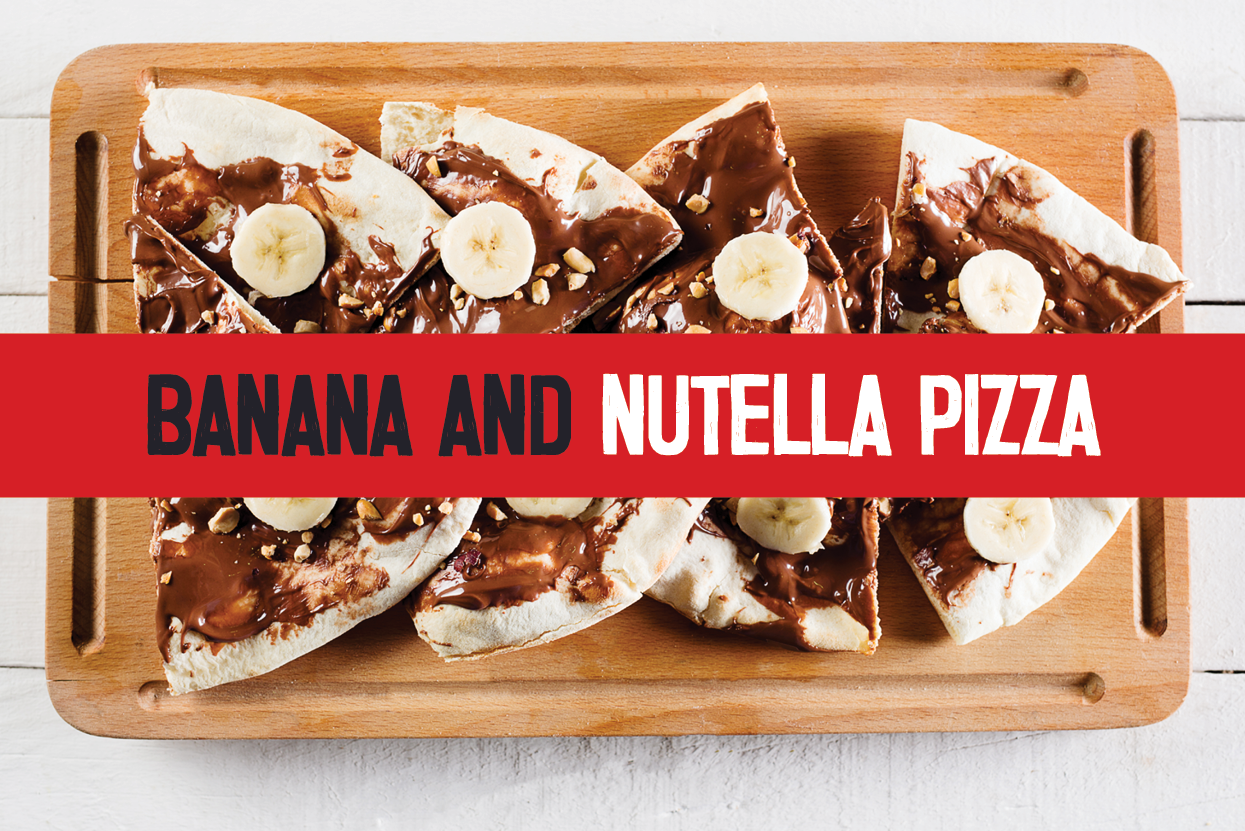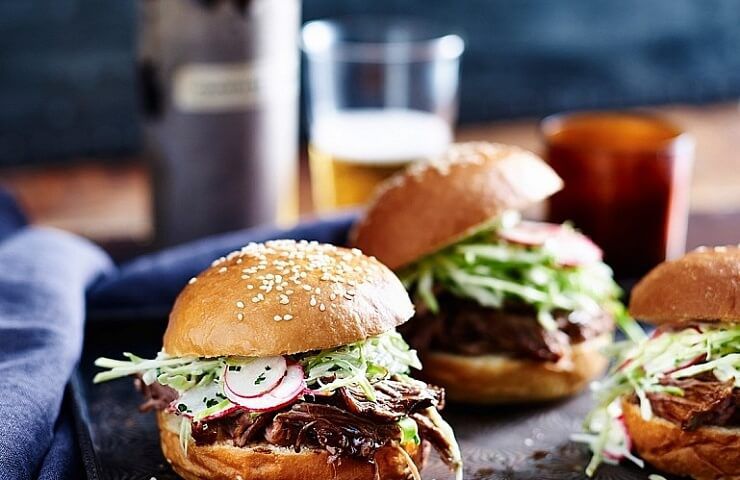Pre-Heating
Pre-heating brings your grill up to the desired temperature before the actual cooking process begins. With all burners lit, close the hood. Watch the temperature gauge and allow the BBQ to heat up to the desired temperature as you would your oven before you use it.
For direct grilling set all burners on high for 6 to 7 minutes, or until the temperature gauge reaches 280°C. For indirect cooking allow 3 to 4 minutes for pre-heating. Smoke and rotisserie cooking require no pre-heating.
Cook with the hood closed as much as possible, this will trap the heat allowing it to circulate. Cooking with the hood down will also conserve gas. It is important to note that there is no thermostat in the BBQ. You are in control of the temperature and may adjust the heat by turning the heat control knobs to low or even off, using the temperature gauge as your guide. While the control knobs are marked only ‘hi’ and ‘low’, there is a full range of flame height available.
Think of your BBQ as an “outdoor kitchen oven”, use it accordingly.
Direct and Indirect cooking are the two most common methods of cooking on the grill.
Direct Method
With direct cooking, or grilling, the food is cooked directly over the heat. This method is used for searing and for foods that don’t require prolonged cooking times – steaks, fish fillets, hamburgers, hot dogs, chicken fillets, vegetables, etc.
Searing is done quickly (one to two minutes) over high heat, sealing the food, trapping in the juices and flavor. Steaks, fish fillets and hamburgers are best when seared first. With some foods, depending on your preference of doneness, searing is all that is needed to grill the food. Usually foods are seared and then finished off either over a lower direct flame or with indirect heat.
Indirect Method
Indirect cooking is used when lower temperatures – 150° to 200°C – and longer cooking times are desired and when cooking foods that are prone to flare-ups. The food is not cooked directly over the heat, instead it is placed over the unlit center portion of the grill with the heat generating from the outside burners. If your gas grill has only 2 burners, light only one and place the food over the un-lit burner. Indirect cooking enables you to use the grill as a regular oven. The heat will circulate around the food, cooking it slowly and evenly. Food will be cooked all the way through, not just burned on the outside while being left raw and uncooked in the middle.
This method is used for large cuts of meat, roasts, ribs, poultry pieces with skin and bones left intact, whole chickens and turkeys and for baking. Roasts, ribs and chicken pieces are sometimes seared first over direct heat, sealing in the juices, and then finished off with indirect heat.
Slow cooking with lower temperatures and longer cooking times results in more tender food by dissolving the connective tissue that makes some meats tough. Slow cooking is the only way to get meat to literally fall off the bone.
Smoke Cooking
Your barbecue grill can also be used as a smoker by using a smoke box and aromatic wood chips. There are two approaches to take, depending on what you are grilling. One is to mix equal parts dry and wet chips, soaked in water or wine for at least 20 minutes, together. This works best for chicken, ribs, roasts or anything that will be cooking for more than 20 minutes. The dry chips get things going right away, while the wet ones give you the legs to go the distance, adding more moisturized smoke during the longer cooking times. For grilling steaks, fish or anything that will be on the grill a relatively short amount of time, use dry chips only in the smoke box. This will maximize the smoke flavor acquired by the food during the short amount of time it is on the grill.
A pan of water placed on the grill during long periods of smoke cooking will not only help keep the food moist, but will help maintain lower cooking temperatures as well.
When smoking, low temperatures (between 90° and 120°C) and longer cooking times will result in more intense smoke flavor and also more tender meats. Always use a meat thermometer to ensure meat has cooked all the way through to the right temperature. Smoke flavor that is created by a selection of wood chips is usually a matter of personal preference. Some people will even create a blend of several flavors to satisfy their own preference. The following guide will help you make your own decision as to what may suit your own taste.
Rotisserie Cooking
Rotisserie cooking, or spit roasting, is one of the most popular ways to cook meat on a barbecue grill. As the rotisserie constantly turns the meat, the food self bastes in its own juices, rendering meats exceptionally tender and moist. Whole birds and fish, beef, lamb, veal and pork roasts, as well as ribs, are all excellent candidates for spit roasting.
It’s almost as easy as placing the meat on the spit rod, turning on the motor and sitting back to relax. To be successful however, there are a few rules that must be followed. They are simple, yet will ensure the success of your spit-roasted meal.
Planning is crucial – allow plenty of time for preparation. Remember: Patience is the most important ingredient. You will need to set up the rotisserie and the barbecue, prepare the meat for cooking and allow for inevitable last minute adjustments.
The barbecue should be adjusted for indirect cooking so that the flame is not directly under the food as it rotates on the spit. The cooking grills must be removed and the lava rock moved aside so a drip pan can be placed on the rock grate directly beneath where the meat will sit on the spit. The drip pan should have about an inch of liquid in it. Marinades, vinegar, juice, beer, wine or just plain water can be used in the drip pan, depending on your preference for flavor. The liquid will steam up into the food adding both moisture and flavor to the meat.
Run through your set-up with the barbecue off. Do not skewer the meat and place on a lit grill until you are certain that everything is set properly. All fine-tuning should be done with the barbecue off.
With the barbecue off, measure the meat over the drip pan. The pan will prevent flare-ups, so make sure the meat is not too large for the drip pan you are planning to use. If it is, use either a larger or an additional drip pan.
Secure the spit fork closest to the spit handle – usually on the right side – first, placing it so that the food will be centered over the drip pan. Pliers should be used when tightening the thumbscrews on the spit forks to prevent loosening when subjected to the heat of the cooking process and the weight of the meat. Slide the meat onto the spit rod and push into the secured spit fork so that it is held firmly by the fork’s tines. Slide the other fork onto the spit so that it also holds the meat securely and tighten its thumbscrew with the pliers.
Balancing the meat on the spit is extremely important. If not balanced properly the rotisserie motor will be overworked and live a very short life. To balance the rod, hold it so each end lays across the palms of your hands; the heavy side of the meat will rotate down. There are two ways to balance the spit rod. You can either reposition the meat on the rod so that there is no heavy side, or you can use a rotisserie counter balance on the spit rod. To use a counter balance, find the heavy side of the meat by letting it rotate down and then position the counterbalance so that the weight is up, opposite the heavy side of the meat. The correct amount of counterweight can be adjusted by moving the weight toward the spit rod, or away from the rod, until the proper balance is achieved. Balancing is the key to how much weight can be turned on your spit.
Place the spit rod on the barbecue and turn on the rotisserie motor, letting it rotate enough times that you are sure the meat turns easily and its path is not obstructed by any part of the barbecue. If you are roasting poultry, the wings and legs should be tied so they are bound tightly to the body of the bird and are not free to dangle. Cotton twine, soaked in water, should be used when tying poultry or your butcher will provide ‘butcher string’ if asked.
Check to make sure the barbecue’s hood will close without obstructing the rotation of the food. If you are roasting an oversized turkey or roast you may need to use a hood holder to prop the hood partially open, allowing the meat to turn freely. A hood holder can also be used to keep the cooking temperature low, allowing for extended cooking times. Cooking meats for a longer period of time at a lower temperature will result in more tender food. Normally the cooking temperature should be between 150° – 190°C degrees.
Now that the meat is properly secured and balanced, turn on the motor, light the barbecue, adjust the burners for indirect cooking, then sit back and wait.
One of the beauties of spit-roasting is the meat will self baste. The constant turning will keep the meat’s juices flowing around it as it rotates.
Make sure you check the food at various times during the cooking process. Sometimes the thumbscrews can loosen, or the meat may shrink and the forks may need to be adjusted, so keep a clean pair of pliers handy just in case.
Always use a meat thermometer to insure the meat has been cooked thoroughly.



